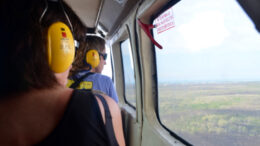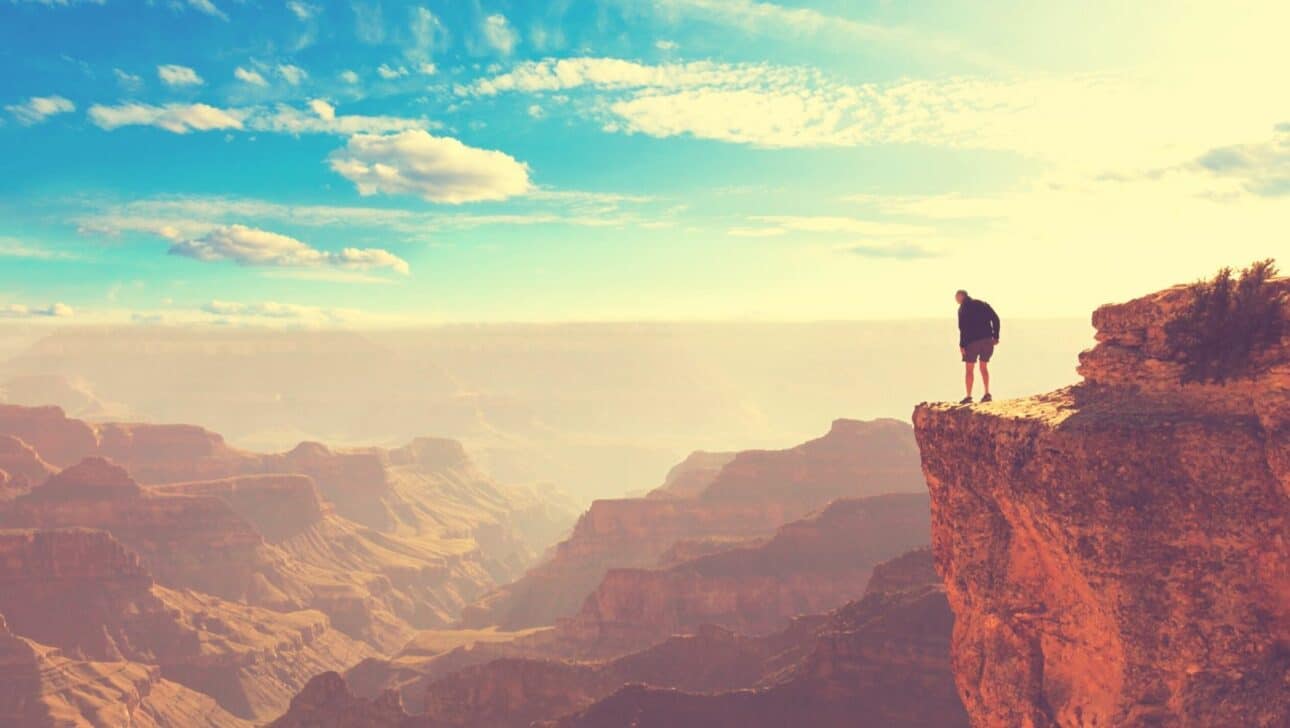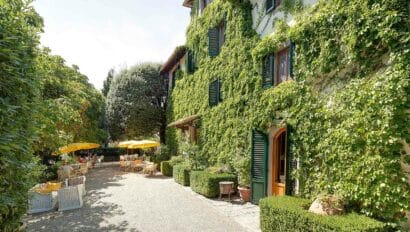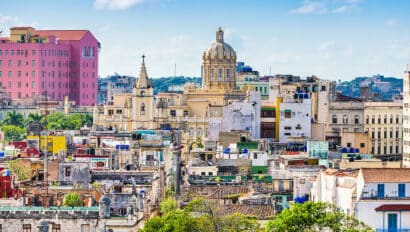Formed over hundreds, thousands, sometimes billions of years, Mother Nature’s greatest masterpieces have become government-protected National Parks.
There are more than 400 National Parks in the United States alone, while the worldwide count reaches over 4000. Some have held their status since the late 1800’s while new ones join the ranks every year.
From Norwegian ice fields to African plains, and Hawaiian reefs to Andes peaks, they come in all climates, shapes and sizes—starting at mere acres and stretching to thousands of square miles.
They encompass the most extreme environments on earth as well as the most biodiverse, home to thousands of species of flora and fauna. Myths and legends surround them: these are the landscapes of the Gods, rich in folklore and superstitions.
To honor April 18-26 being National Park week, we’ve collected Classic Journeys favourite National Parks from around the world.
Yellowstone National Park, Wyoming USA
Yellowstone became the world’s first National Park in 1872. Though a historic feat to us, that must feel like moments for this patch of the planet, which has been volcanically active for millions and millions of years. In north-western Wyoming, wild flower meadows meet majestic mountains and cauldron-like calderas come together with steam-jetting geysers. Gushing waterfalls, bubbling hot springs and mud pools mix into the scene while wildlife thrives: grizzly bears, moose and bison roam free. All the while, beneath the surface, a supervolcano sleeps.
Torres Del Paine National Park, Chile
In South America’s Patagonia, this National Park is named for its trio of towers—great granite structures soaring skywards within the Cordillera del Paine mountain range. Sunrise sets them aflame in a brilliant blood red, while to the west, the Grey Glacier glows contrastingly blue. Star of the Southern Patagonian Ice Field, it’s striking when seen from space, but up-close completely blows your socks off.
South Luangwa National Park, Zambia
South Luangwa National Park might be less-known than Africa’s great Serengeti, but that’s half of its allure. This east-Zambian expanse is the birthplace of walking safaris, which take you deep into the African bush, giving you close, peaceful encounters with the park residents: lions, leopards, elephants, hippos, herds of zebra and hundreds of species of bird.
Glacier National Park, Montana USA
They call this park the ‘Crown of the Continent’ and it doesn’t take long to see why: spanning over a million acres, you’ll find lakes in every shade of blue, meadows bursting in wildflowers, thick forests and, as the name suggests, glorious glaciers.
Manuel Antonio National Park, Costa Rica
Manuel Antonio isn’t the world’s biggest or best-known National Park, but it’s pure tropical paradise. While other National Parks span millions of acres, this one’s a tiny three square miles. It bursts in biodiversity: monkeys swing through lush rainforest, fish flit through colorful coral reef and birdsong fills the beaches.
Vatnajökull National Park, Iceland
One of Iceland’s three National Parks. Vatnajökull is a newcomer on the National Park scene, having earned its status in 2008. Europe’s biggest National Park, it covers 14% of the country. Volcanic peaks tower over ice fields and favorite sights include the Jökulsárlón lagoon, littered in icebergs and Iceland’s tallest waterfall, mythical Morsárfoss.
Chitwan National Park, Nepal
At the foot of the Himalayas, Chitwan (Nepali for ‘heart of the jungle’) covers forests, grassland, marshes and rivers. This was Nepal’s first National Park and is one of Asia’s best preserved conservation areas. It’s one of the best places in the world to see the single horned rhino and Bengal tiger, not to mention monkeys, crocodiles and over 500 species of bird.
Grand Canyon National Park, Arizona USA
One of the Seven Natural Wonders of the World and around two billion years old, the Grand Canyon—a chasm stretching over 200 miles—has to be seen to be believed. There are various trails and vantage points, each more spectacular than the next. Hike into the heart, below the canyon rim, take a helicopter for the birds-eye experience.
Aoraki Mount Cook National Park, New Zealand
New Zealand’s longest glaciers, 23 peaks reaching over 3000 meters high and stunning snowfields form the Aoraki Mount Cook National Park. Ngāi Tahu legend tells that Aoraki and the other sons of the Sky Father were on a sea voyage when their canoe capsized. The brothers climbed on top of the boat, but the freezing wind turned them to stone. The canoe became South Island and Aoraki and his brothers the peaks of the Southern Alps.
Kruger National Park, South Africa
Kruger is a ginormous game reserve covering almost 7,580 square miles which makes it the biggest National Park in the world. The landscape is spectacular, with the Lebombo Mountains, Crocodile and Limpopo rivers. Within it lie your best chances of spotting the Big 5: lions, leopards, elephants, African Rhino, and African Buffalo. Not to mention giraffes, zebras and hundreds of archeological Stone Age sites.
Moyenne National Park, Seychelles
When newspaper editor Brendon Grimshaw bought Moyenne Island for £8000 in 1962, it only had a handful of plant types and barely any animal inhabitants. A keen naturalist, Grimshaw worked his magic and the island now has more than 16,000 plants, 120 giant tortoises and 2000 types of birds. Granite boulders, white-sand beaches and a history of hidden pirate treasure add to the allure of this curious speck of land, which is officially the World’s Smallest National Park.
Plitvice Lakes National Park
Plitvice seems like something from a fairy-tale. Over thousands of years, mineral water has formed a string of sixteen lakes, shimmering bright greens and blues and all linked by cascades and waterfalls. In thick surrounding forests, bears and wolves roam free. Wild orchids, together with butterflies and birds add dashes of color and a network of charming wooden footbridges and walkways winds throughout.
Independence National Historical Park
This may be the smallest National Park in the United States at 0.02 acres, but this park has played a seismic role in the nation’s history. It was the birthplace of American democracy and site of several seminal events. Within it, you’ll find the Liberty Bell Center, Independence Hall, Congress Hall and National Constitution Center.




